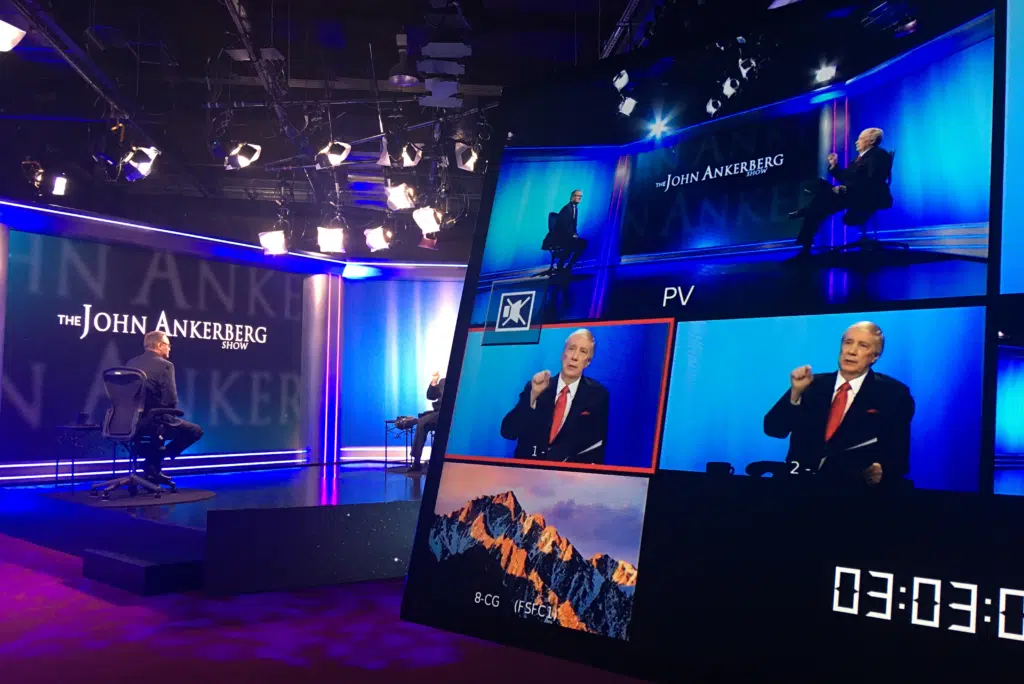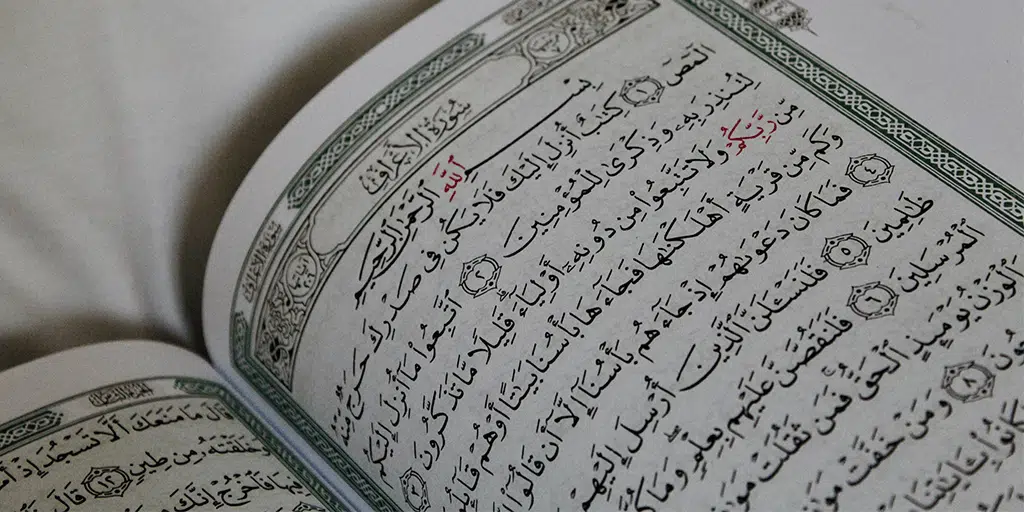Changes in the Doctrine and Covenants – Part 14
| By: Marvin Cowan; ©2013 |
| The “revelation” which is now Doctrine and Covenants Section 27 has more changes in it than any other “revelation” originally printed in the 1833 Book of Commandments. |
Changes in the Doctrine and Covenants – Part 14
Doctrine and Covenants (D. & C.) Section 27 was Chapter 28 in the original 1833 Book of Commandments (B. of C.). This “revelation” has more changes in it than any other “revelation” originally printed in the 1833 B. of C. The “revelation” in the 1833 B. of C. had only 193 words in it, but in 1835 when it became Section 50 in the D. & C. it had 649 words in it! It is now Section 27 in the D. & C. and it still has 649 words in it.
The introduction to Chapter 28 in the original 1833 B. of C. said, “A commandment to the church of Christ, given in Harmony, Pennsylvania, September 4, 1830.” But, the introduction to Section 27 of the D. & C. now says, “Revelation given to Joseph Smith, the Prophet, at Harmony, Pennsylvania, August 1830. HC (History of the Church) 1:106-108. In preparation for a religious service at which the Sacrament of bread and wine was to be administered, Joseph set out to procure wine for the occasion. He was met by a heavenly messenger and received this revelation, a portion of which was written at the time, and the remainder in the September following.” Notice that the 1833 B. of C. said the revelation was given to Smith on September 4, 1830 but the later D. & C. says it was received in August 1830 when a portion of it was written and the rest wasn’t written until September!
But if that is true, the entire revelation was available in 1830, so why wasn’t the full revelation published in the 1833 B. of C. instead of only part of it? If the revelation was really from the Lord, WHO decided to only publish part of it? And WHY was that decision made? LDS have claimed that the Bible is unreliable because people put in it what they wanted and left out the things they didn’t want. There isn’t a shred of evidence to support that claim. Yet, here is evidence that the LDS prophet had this entire “revelation” in 1830, but it wasn’t all published then! Is that any way to handle a message from God?
The heading of D. & C. 27 doesn’t say whether Smith received the revelation from the heavenly messenger or the Lord. But Joseph Fielding Smith, the 10th LDS Prophet, clearly said, “This heavenly messenger told Joseph Smith that it mattered not what should be used for the Sacrament” (Church History and Modern Revelation 1:132). Joseph Smith taught that “There have also been ministering angels in the (LDS) Church that were of Satan appearing as an angel of light” (History of the Church, vol. IV, p. 581). So, when Smith received this message, how did he know that the messenger he met wasn’t Satan appearing as an angel of light? There is no record of Smith ever “trying the spirits” that he met, and he claims to have met a lot of them!
In D. & C. 129 Smith gave specific instructions on how to determine whether a spiritual visitor was an angel or the spirit of a just man made perfect or the devil. He said to offer to shake hands with the spiritual visitor. If the visitor shakes your hand and you feel his hand, he is an angel. If you offer to shake hands with the visitor and he doesn’t shake hands with you but delivers his message anyway, it is the spirit of a just man made perfect. If you offer to shake hands with the visitor and he shakes hands with you but you don’t feel his hand, the visitor is the devil! There is no record that shows Smith ever gave any of his spiritual visitors that test or any other test! Smith had no witness when he met the heavenly messenger mentioned in the introduction to this “revelation,” and he didn’t even offer to shake his hand, but we are expected to take Smith’s word for it that this message came from the Lord.
When Hiram Page and a few other LDS members claimed they also had revelations, Smith saw his authority could easily be undermined. Conveniently for Smith, that is when he received another “revelation” in which “the Lord” revealed to HIM that “No one shall be appointed to receive commandments and revelations in this church excepting my servant Joseph Smith, Jun.” (D. & C. 28:2). What if Hiram Page or any other LDS person had claimed that he had a “revelation” which said that he alone could receive revelations from the Lord? Would Joseph Smith have accepted it? It was providential for Smith that he received that “revelation” when he did because it kept other LDS from usurping his authority. As usual, Smith had no witnesses to that revelation, so LDS must just take Smith’s word for it that it came from the Lord!
Now LDS claim that “revelations” from the Lord can only come through the LDS President who they claim is also a prophet. No one else can receive “revelation” for the LDS Church. That keeps other “wannabe prophets” in the LDS Church from becoming serious competition for the official LDS prophet! But it has not kept some LDS men from at least trying their hand at being a prophet. Several of the more than 200 LDS splinter groups were started by men who claimed that the LDS Church had strayed from the path of truth and that they alone had been appointed by the Lord to restore and carry on the work begun by Joseph Smith. Such prophets ignore the message of Hebrews 1:1-2 which says, “God, who at sundry times and in diverse manners spoke in time past unto the fathers by the prophets, hath in these last days spoken unto us by His Son, Whom He hath appointed heir of all things, by Whom He also made the worlds.”
Those interested in seeing the changes made in Smith’s revelations between the 1833 B. of C. and the 1835 D. & C. will find lots of examples of it on the internet. Next time we will show the changes between Chapter 28 of the B. of C. and D. & C. Section 27.








[…] Read Part 14 […]